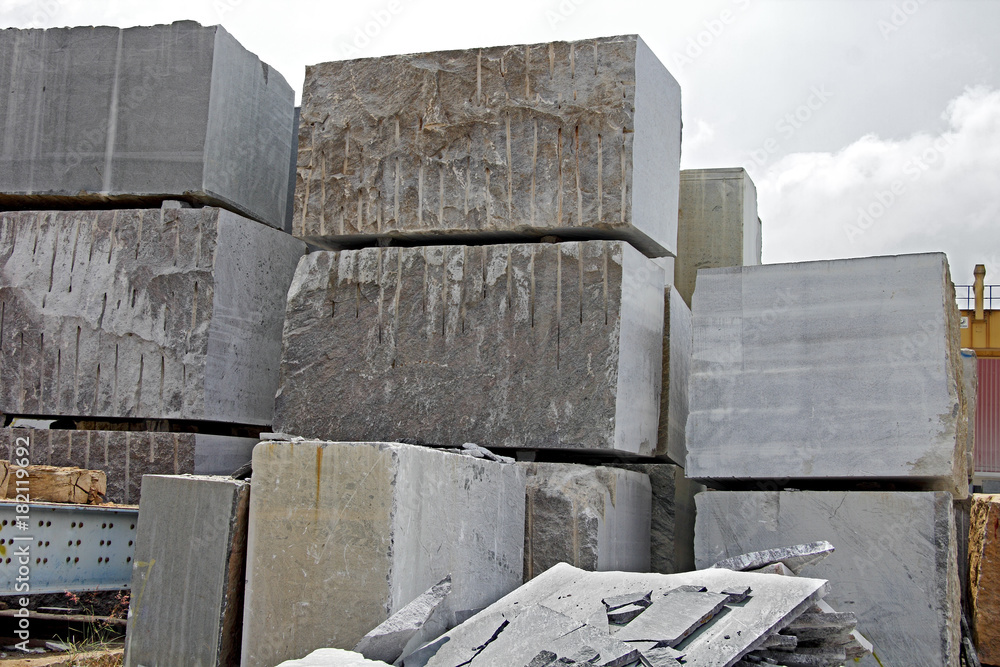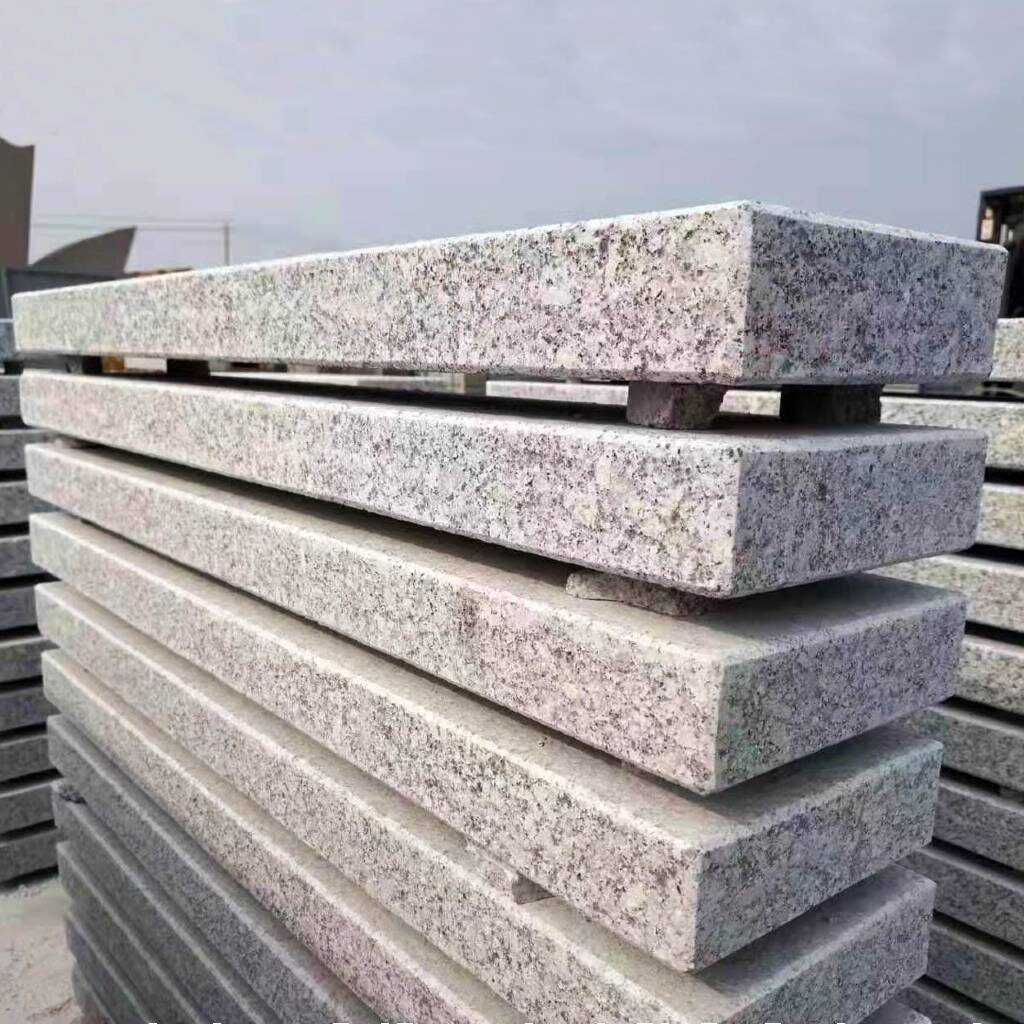From Mining to Masterpieces: Navigating the Historic Granite Quarries in Rustenburg
Wiki Article
From Rock to Elegance: Unearthing the Keys of Granite Quarries
' From Rock to Grandeur: Unearthing the Tricks of Granite Quarries' is an expedition into the interesting world of granite quarries. The publication takes a look at the influence of granite quarries on the atmosphere, offering beneficial insights into sustainable methods and environmental preservation.The History of Granite Quarries

In old Egypt, granite quarries were tactically situated along the Nile River, giving easy access to deliver the hefty stone blocks. The popular pyramids of Giza, consisting of the Terrific Pyramid, were created utilizing granite sourced from these quarries. In old Greece, the island of Naxos was renowned for its high-quality white marble, which was quarried and utilized in the building of famous structures like the Parthenon.
The Roman Empire likewise relied greatly on granite quarries, especially in the construction of their grand architectural projects. The Colosseum in Rome, for instance, was built utilizing granite sourced from quarries in Egypt and Greece. The Romans better progressed the quarrying techniques, employing proficient artisans and designers to extract and transport granite throughout large ranges.
Today, the tradition of these ancient granite quarries proceeds to influence contemporary style and building. The knowledge and competence obtained from centuries of quarrying have actually been passed down with generations, making certain that granite remains a cherished and sought-after structure material.
The Removal Process of Granite
Having actually discovered the historic importance of granite quarries, we currently look into the details of the removal procedure, which is an essential step in changing raw stone into the spectacular building product it comes to be. The extraction process of granite entails numerous phases, starting with the first exploration and identification of prospective quarry websites. Once a suitable site is discovered, the extraction procedure starts with the removal of overburden, which refers to the soil, plant life, and other products covering the granite down payment.This includes exploration holes right into the granite making use of specialized machinery and then inserting explosives right into the holes. The dynamites are detonated, fracturing the granite right into manageable pieces.
Once the granite is broken down right into smaller dimensions, it is loaded onto vehicles or conveyor belts and delivered to a handling center. At the handling facility, the granite is further refined with cutting, shaping, and brightening processes. granite quarries in rustenburg. This is done utilizing different reducing and polishing tools, such as saws, polishers, and mills, to attain the preferred form, surface, and size
Methods and devices Utilized in Granite Quarrying
Granite quarrying entails the usage of a variety of tools and techniques to draw out the stone from the earth's surface. One of the main devices used in granite quarrying is the ruby wire saw.Another vital tool in granite quarrying is the drilling maker. This maker is made use of to develop holes in the granite, which are after that full of dynamites. When the nitroglycerins are detonated, they crack the granite, making it much easier to remove from the quarry. The drilling equipment is furnished with unique drill bits that are created to withstand the firmness of the granite.
In enhancement to these tools, there are different techniques made use of in granite quarrying. These strategies, along with the use of innovative machinery, have made granite quarrying extra efficient and much less labor-intensive.
Changing Raw Granite Into Architectural Marvels
After Extra resources the extraction procedure, the raw granite goes through a transformative journey to come to be breathtaking building wonders. This procedure entails numerous phases that call for precision and workmanship. Firstly, the extracted granite blocks are transferred to a construction facility where they are cut into slabs of numerous thicknesses utilizing innovative cutting devices such as ruby wire saws. These slabs are then brightened to improve their all-natural beauty and produce a smooth, glossy surface.When the pieces prepare, they can be further refined to meet details design demands. Proficient craftsmen utilize sophisticated equipment and tools to shape the granite right into wanted kinds, such as kitchen counters, floor covering ceramic tiles, or complex sculptures. This process needs thorough interest to detail and proficiency to make sure that the last product satisfies the finest requirements.
Following, the finished granite pieces are meticulously inspected for any type of blemishes or flaws. Any kind of small defects are dealt with, and the items are diligently cleaned to eliminate any type of dirt or particles. The changed granite is packaged and prepared for transportation to its intended destination.

The Impact of Granite Quarries on the Atmosphere
The ecological impact of granite quarries is a substantial concern that needs to be addressed in order to make sure lasting practices in the stone sector. Granite quarries can have a damaging impact on the surrounding setting, including the damage of environments, air pollution of air and water, and the generation of excessive noise and dirt.Among the primary issues is the damage of all-natural environments. Granite quarries frequently include the elimination of huge quantities of greenery and topsoil, causing the variation of wild animals and disruption of communities - granite quarries in rustenburg. This loss of biodiversity can have resilient effects for the surrounding environment
Quarrying tasks can launch dangerous toxins right into the ambience, such as particle issue and poisonous gases. In addition, the removal of granite can result in the contamination of neighboring water resources with the discharge of chemicals used in the quarrying process.

To mitigate these environmental influences, the stone sector need to find more info take on lasting methods. This consists of carrying out actions to lessen environment damage, boosting air and water pollution controls, and executing efficient dirt and sound suppression methods. Furthermore, improvement efforts should be taken on to bring back quarried areas to their all-natural state and support the regeneration of biodiversity.
Final Thought
In conclusion, granite quarries have played a substantial role in forming human background and proceed to contribute to architectural marvels. Recognizing the tricks click for source of granite quarries allows us to appreciate the craftsmanship and elegance that can be acquired from this all-natural source.' From Rock to Elegance: Uncovering the Keys of Granite Quarries' is an expedition into the remarkable world of granite quarries. The history of granite quarries can be traced back to ancient times, with proof of quarrying activities found in old Egypt, Greece, and Rome. The Colosseum in Rome, for example, was developed making use of granite sourced from quarries in Egypt and Greece - granite quarries in rustenburg. These strategies, along with the use of sophisticated machinery, have made granite quarrying a lot more effective and less labor-intensive. Additionally, the extraction of granite can result in the contamination of neighboring water sources via the discharge of chemicals utilized in the quarrying procedure
Report this wiki page